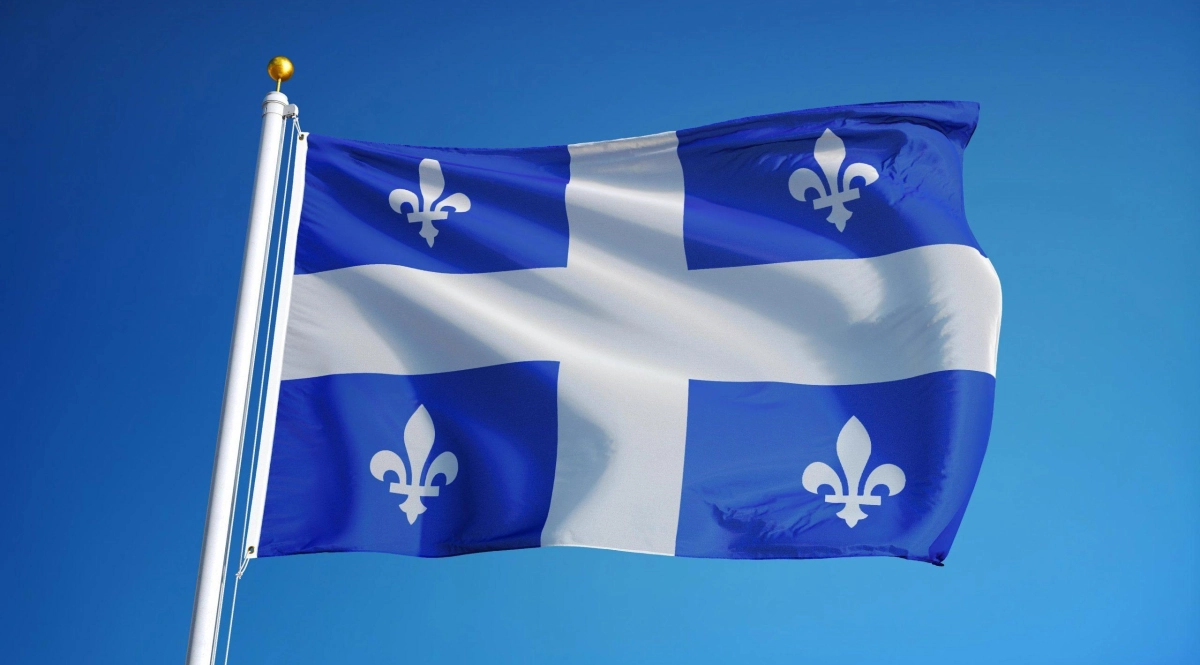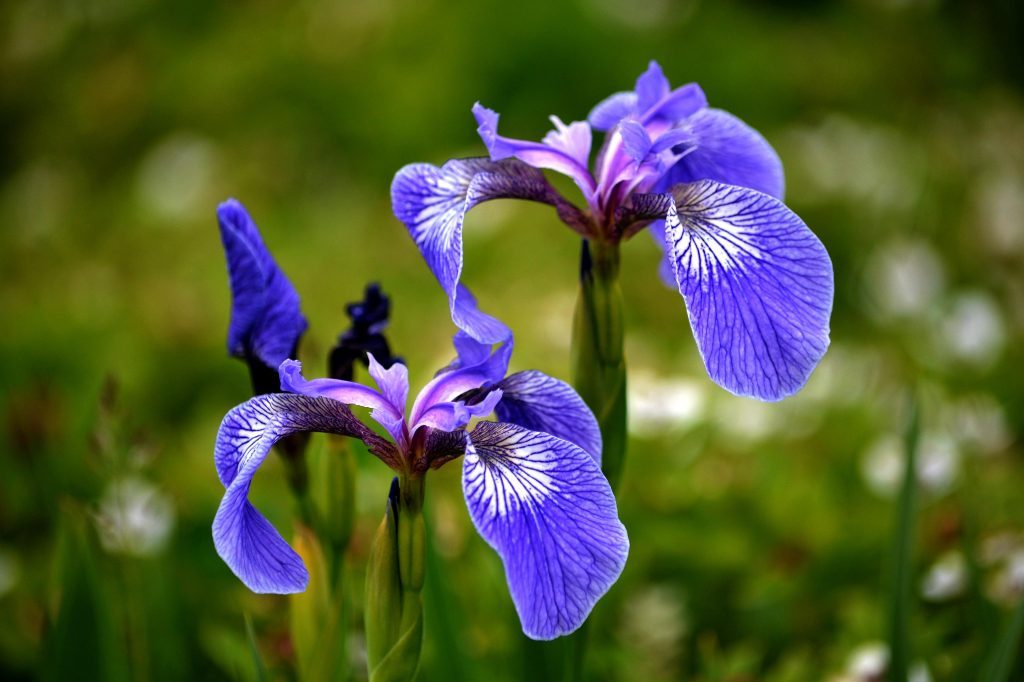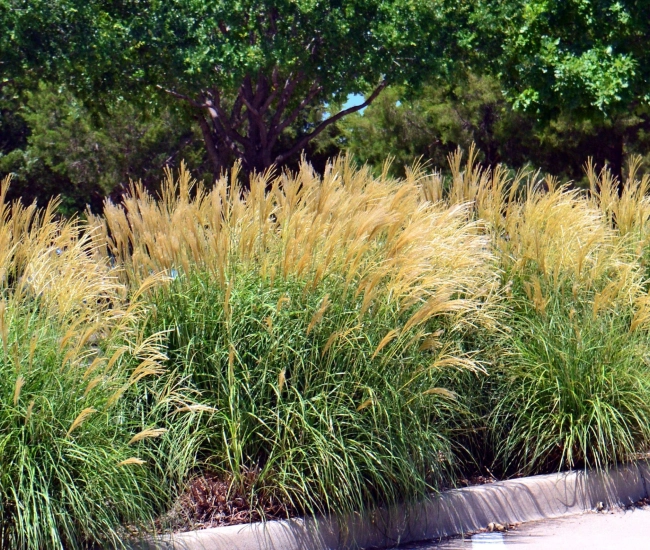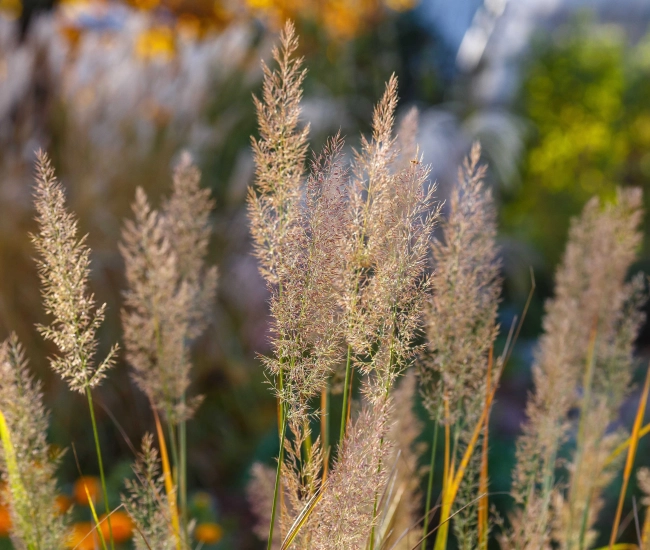
On January 21, 1948, under the government of Maurice Duplessis, Quebec adopted the fleurdelisé as the official flag of the province of Quebec: "azure with a cross argent cantoned with four fleurs-de-lis of the same" or in contemporary language: blue marked with a white cross and white fleurs-de-lis placed vertically at the four corners. Raised high on the parliament mast, the flag of Quebec is the pride of a people. But how did the white lily, which does not grow here, become the floral emblem of the province? Here is the story of the fleurdelisé.
The fleur-de-lis is said to have appeared on French coats of arms during the reign of King Clovis, the first Frankish king. In reality, the fleur-de-lis is not a lily, but rather a marsh iris, a flower very common along European waterways. According to legend, the rhizomes of the irises that stabilized the banks of the Vienne River allowed the Frankish army not to sink when crossing during the Frankish war. The lily was then chosen in memory of the help obtained for the victory.

Marsh Iris
The lily then became the emblem of French royalty, and at its founding, New France adopted the white flag covered with golden fleurs-de-lis. This flag was retained until the cession of New France to the British, where the link with France completely disappeared. The flag of New France was then replaced by the Union Flag and then the Union Jack. It was only in the mid-19th century that the idea of a specific flag for the nation was revived. In 1902, Father Filliatreau of Saint-Hyacinthe created the modern Carillon, a blue flag adorned with a white cross with fleurs-de-lis at the four corners.
From the Lily to the Marsh Iris to the Blue Flag Iris
The flower that adorns the flag of Quebec is not a lily, but rather a representation of the marsh iris that grows in large quantities along the Lys River, hence its name fleur-de-lis (flower of the Lys). It was in 1980, during the Montreal International Floralies, that Pierre Bourque, then director of the Montreal Botanical Garden, named the blue flag iris as the emblematic flower of this grand event. Until then, Quebec was the only province in Canada not to have an indigenous flower as a floral emblem. It was only in 1999 that the blue flag iris was officially recognized as the emblematic flower of the province of Quebec by the Government of Quebec.

Blue Flag Iris
The blue flag iris is a native rhizomatous plant that grows in dense clumps in wet environments. Its violet-blue flowers, streaked with white and yellow, which emerge in June and July, offer a grandiose spectacle. This nectar-producing plant is very attractive to pollinators. It is a precious resource, and whole plants should not be removed from their natural habitat to protect the species.
You will find hybrid cultivars very well-suited to garden culture at your favorite Passion Jardins retailer. Stir your patriotic spirit and enjoy a magnificent bloom essential to insects and other pollinators.
Tips and advice



